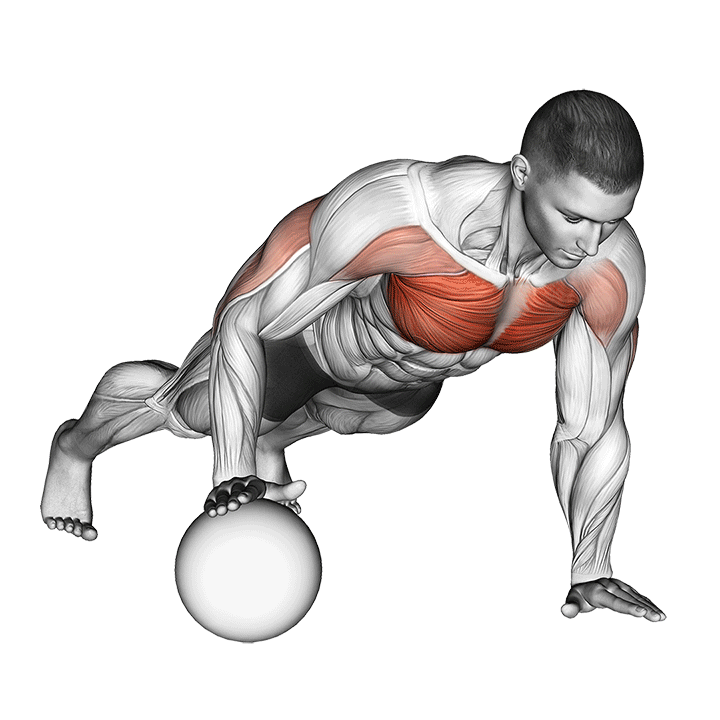We live in a time when gyms, like our homes, are filled with fitness equipment, and we’ve forgotten the simplest and most effective ways to build strength and lose fat: knowing how to exercise using just your own body. How to apply simple principles to adjust the difficulty of your exercises without the need to add extra weight. Working with your bodyweight is not only practical, but it also gives you complete control over the intensity of your workouts.
You don’t need equipment or weights to challenge your muscles. Here are four simple ways to change the difficulty of an exercise by maximizing the use of your bodyweight:
- Increase or decrease the amount of leverage.
- Perform the exercise on an unstable surface.
- Pause at the beginning, end, and/or mid-movement.
- Use only one limb instead of two.

Push-ups
Let’s take a classic exercise as an example: push-ups. This exercise is highly effective because it works several muscle groups at the same time: chest, shoulders, triceps, abs, obliques, and lower back. Compared to the bench press, which only targets some of these muscles, push-ups offer a much more complete workout.
If you do push-ups standing, leaning forward with your hands against a wall, the exercise will be quite easy. As you lower your hands to a surface closer to the ground, such as the edge of a desk or a window ledge, the difficulty increases.
When you reach the floor, the intensity is significantly higher, and this is where leverage comes into play to increase difficulty. If you want an extra challenge, you can place your hands on basketballs, which introduces an unstable surface and forces your body to recruit more muscles for stabilization.
An even more challenging option would be to do push-ups with pauses, stopping at the lowest point of the movement. And if that’s still not enough, try doing push-ups with just one hand on the ground. Want to take it to the extreme? Do them with one hand while keeping your feet elevated on a box. Then, try an unstable surface. And after that, add pauses. You’re getting the idea now, right?
This is just a simple example of how you can apply these principles to a common exercise, but the possibilities are endless. You can adapt these concepts to practically any bodyweight exercise.
Muscle Adaptation at All Levels
Throughout this process, we’ve moved from a variation that probably everyone reading this article can do, to a more advanced version that perhaps only a few of you could perform right now. However, the fascinating thing about bodyweight exercises is that their difficulty can be adjusted to almost anyone, regardless of fitness level.
The key here is that you control the resistance and intensity. This allows you to progress at your own pace, without relying on machines or additional equipment.
So next time you think you need more weight or a machine to improve, remember that you have all the tools you need: your own body.
More Reps Don’t Mean More Muscle Definition
You won’t achieve better overall body definition, or in any particular muscle, by doing more repetitions instead of fewer. Muscle definition depends on its size and the amount of fat surrounding it. Nothing else.
To get well-defined muscles, you need to combine a variety of high-intensity interval exercises with proper nutrition. This is where many people get confused: it’s not about doing endless repetitions of an exercise, but about working with the right strategy.
It’s true that low-repetition training, based on powerful and explosive movements, will generate more muscle size (but not more definition) than high repetitions, because the fast-twitch muscle fibers involved in explosive movements are much larger than the slow-twitch fibers used in endurance activities.
However, if you think about it, to gain muscle mass, wouldn’t you want to recruit all the muscle fibers possible, not just the fast ones? The real adjustment you need to make, depending on whether your goal is to gain mass or define muscles, is your nutrition—not the number of repetitions.
